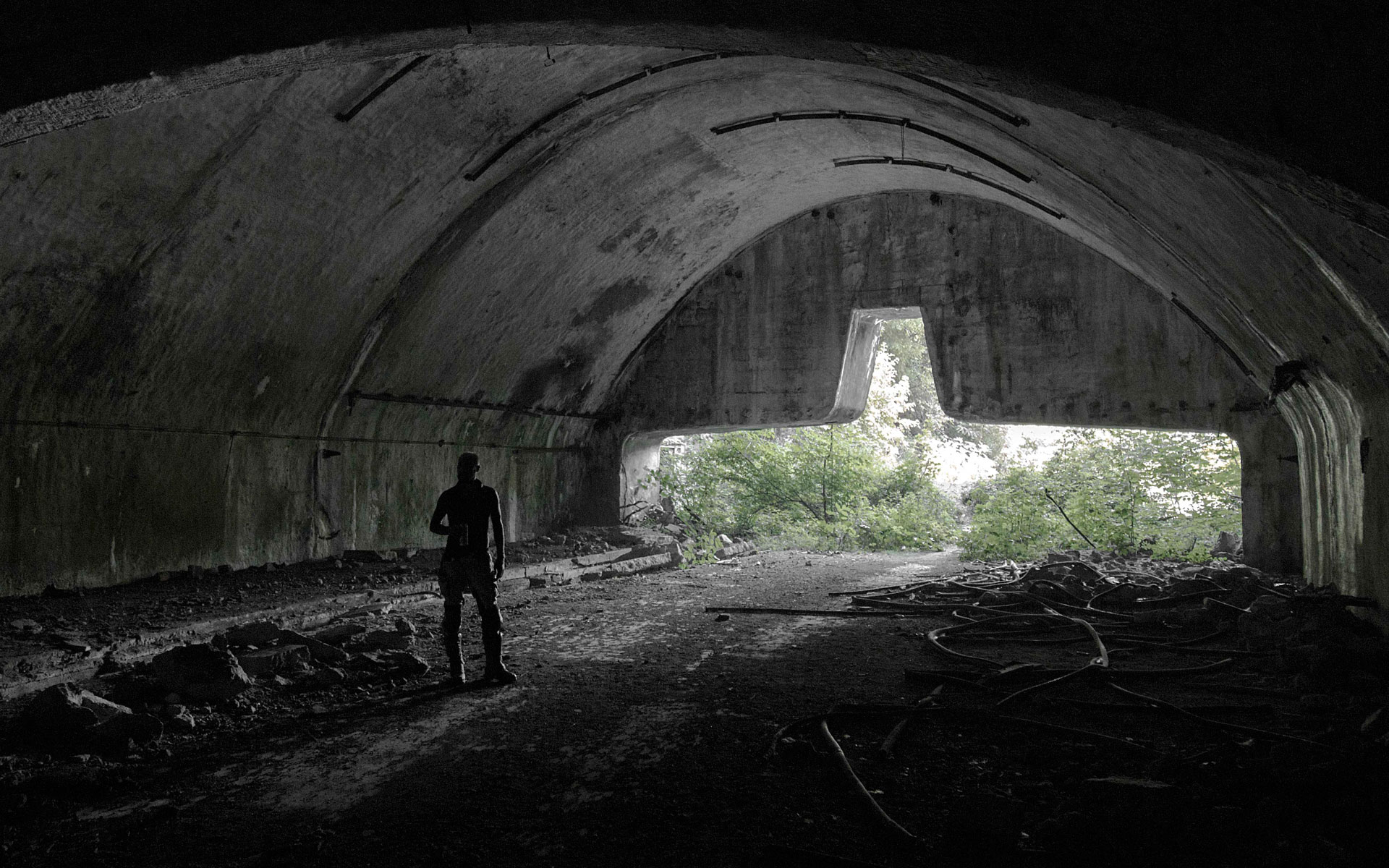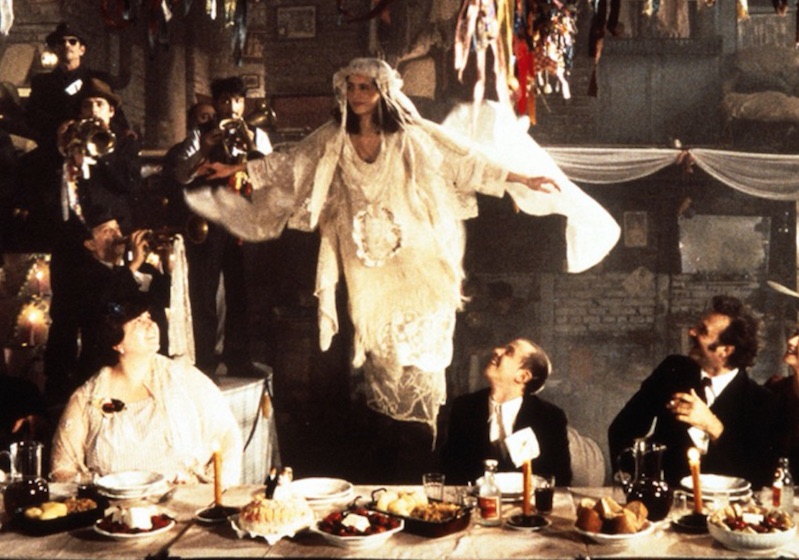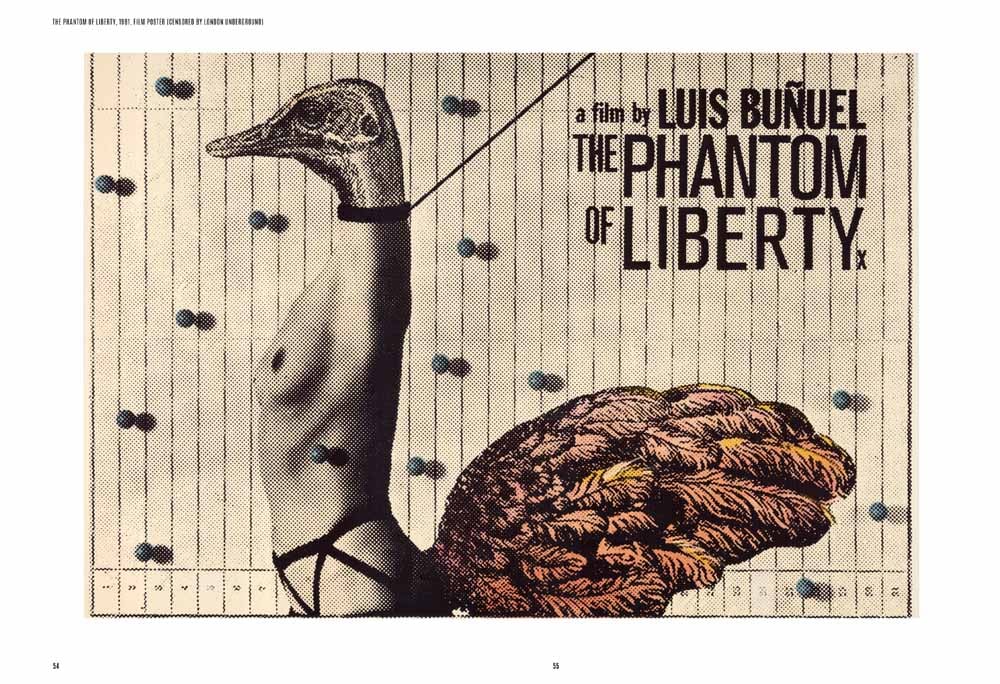5 New East films to add to your watchlist from the newly-digital CPH:DOX film festival
Want to bulk up your watchlist? Get up-to-date with the best New East films coming from Denmark’s leading documentary film festival.
CPH:DOX is a festival that has always lead the way for others. The Copenhagen-based event was first to mix genres and styles, something non-fiction festivals only caught onto in recent years, when interdisciplinary work and indiscernible themes suddenly came into vogue.
This year has heralded a different kind of experimentation, with CPH:DOX becoming the first major film festival to offer an entirely virtual edition amid restrictions on events during the Covid-19 pandemic. The films that would have been available to ticket-holders in Copenhagen will now be accessible to audiences across Denmark online, whilst the industry movers and shakers who would have flown in to see films premiere will now log on from home.
The Calvert Journal has rounded up five of the most interesting New East non-fiction films that the festival has to offer: perfect for adding to your watchlist and watching in bed, just like Denmark’s film aficionados.
A still from Acasă, My Home by Radu Ciorniciuc
Conflicts soon emerge, between the clan and the Romanian authorities who want the family out of the delta and into social housing, but also within the family itself, who can’t quite decide whether or not the family’s authoritarian father has their best interests at heart or whether the city may have something to offer them instead. When their home is destroyed so the site can be turned into a nature reserve, questions arise — in what proves to be a thought-provoking, effectively constructed film — about governance: what it means to manage a family or equally a state.
Iryna Tsilyk’s The Earth is Blue as an Orange also covers the struggles of a family living in isolation, but facing pressures of a very different kind. Anna and her four children live within a red zone of war-torn Donbass, but are the only civilians in their town that have not yet been evacuated. Partly to document their experience, but also to occupy their time, the family, led by eldest daughter and cinematography student Mira, look to make a film about life in wartime Ukraine, recreating their own real life experiences in the form of fiction.
This film works as a sort of meta-documentary, cycling between scenes showing their film’s construction, interviews with members of the family about the stresses of their situation, and long stretches of observational material depicting the shell-struck ghost town that surrounds their self-contained familial unit. Eerie, emotionally resonant and artful, Tsilyk’s film lucidly conveys not only the psychological strain of war, but also the coping mechanisms people use in order to survive.
A visual essay made of carefully composed tableaux, Ksenia Okhapkina’s Immortal focuses entirely on the town of Apatity, an isolated industrial settlement in Russia that grew up around a former gulag. Recording scenes across the town, the film favours sensationover information, capturing the town’s various textures, its icy weather patterns, imposing architecture, and machine-led labour, as well as elements of the younger inhabitants’ strictly regimented military training programmes and ballet classes.
Shot by three cinematographers, the film’s images are consistently bleak yet beautiful, inventively framed and alert to the astonishing patterns of low light that land across the townscape. The film’s central idea surrounds the intergenerational reproduction of the totalitarian system even without its direct presence, showing how power perpetuates itself both through direct instruments of order but equally in other, more indirect forms: discipline imposed by restriction, ritual, regimentation and routine. Observing these mechanisms so closely and precisely serves not just to scrutinise them, but in some ways, to undermine them, reliant as they are on being feared.
Power, or the abuse of it, is also the central theme of Alexander Nanau’s Collective. An impressive piece of observational reportage, Collective starts as a film about a devastating nightclub fire in Bucharest, before slowly but assuredly transforming into something more. While 27 people died in the fire itself, a further 37 needlessly lost their lives in hospital in its aftermath, largely from complications arising from their burns.
For the most of the film, Nanau closely observes journalists who are determined to unearth the corruption within Romanian society that is responsible for these deaths. The revelations are startling, with reporters rapidly uncovering horrifying deceit and neglect across all levels of government, most crucially in public health. Switching tacks, the film also follows the work of the new health minister appointed to try to reverse decades of disastrous mismanagement, a task that quickly feels Sisyphean. Collective is remarkable for how it makes massive amounts of complex information comprehensible purely though observational means, cutting compellingly between scenes and scenarios to capture and convey a harrowing story as it unfolds — shocking, but never sensationalist.
This close to the bone style of filmmaking is also found in Vít Klusák and Barbora Chalupová’s Caught in the Net. It functions something like a re-envisioning of To Catch a Predator, the US reality show that ensnared sex offenders to confront them on camera. Three young-looking (but of-age) actresses play underage girls, chatting with men online in specially constructed bedroom sets. A clear code of conduct makes sure the complicity lies with the men and them alone, with experts ensuring the safety and psychological wellbeing of the actresses involved. Over ten days of filming, 2458 men make contact, all of them well aware that the girls they think they are talking to are only 12-years-old.
What is shocking about the outcome is not what occurs but the scale and severity of it — seeing it all occur in sequence. The men are uniformly aggressive and uninterested in the impact of their actions, turning to manipulation when their sexual demands are denied. Things get nastier as the film proceeds, but much of it will be no surprise to most women. Nearly all the actresses who came to the casting call say they themselves experienced childhood abuse online.


